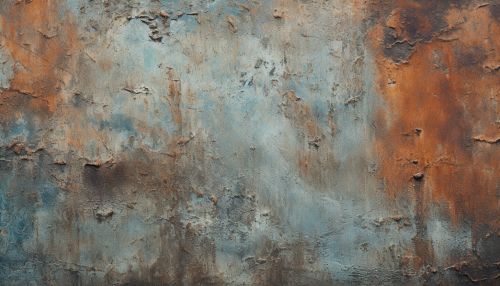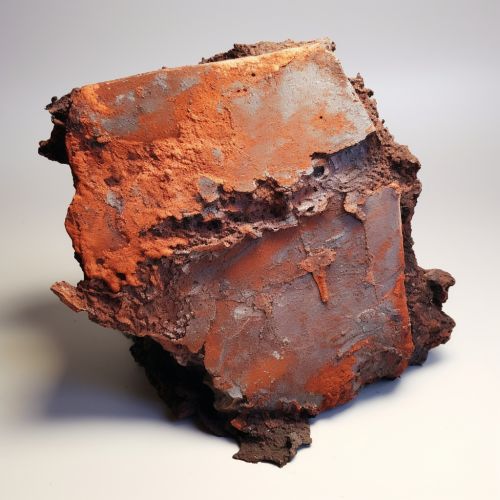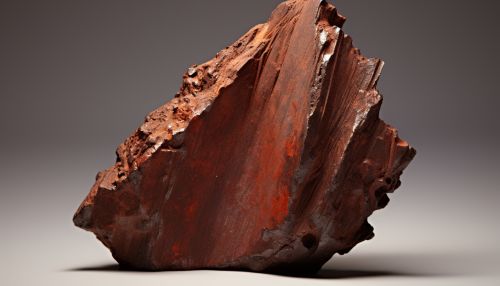Corrosion
Introduction
Corrosion is a natural process that converts a refined metal into a more chemically stable form such as oxide, hydroxide, or sulfide. It is the gradual destruction of materials, usually metals, by chemical reaction with their environment. In the most common use of the word, this means electrochemical oxidation of metal in reaction with an oxidant such as oxygen or sulfur.
Types of Corrosion
There are several types of corrosion including galvanic corrosion, uniform corrosion, pitting corrosion, crevice corrosion, intergranular corrosion, and stress corrosion cracking.


Galvanic Corrosion
Galvanic corrosion occurs when two different metals are in contact in the presence of an electrolyte. It is the same process that is used to make batteries. The more noble metal drives the corrosion of the less noble.
Uniform Corrosion
Uniform corrosion is characterized by a uniform layer of corrosion product forming over the entire or a large area of the metal surface. It is often caused by exposure to a corrosive environment.
Pitting Corrosion
Pitting corrosion is a localized form of corrosion where cavities or "holes" are produced in the material. Pitting is considered to be more dangerous than uniform corrosion damage because it is more difficult to detect, predict and design against.
Crevice Corrosion
Crevice corrosion is a type of localized corrosion which occurs in confined spaces (crevices), to which the access of the working fluid from the environment is limited. Formation of a differential aeration cell leads to corrosion inside the crevices.
Intergranular Corrosion
Intergranular corrosion is a form of corrosion where the boundaries of crystallites of the material are more susceptible to corrosion than their insides.
Stress Corrosion Cracking
Stress corrosion cracking (SCC) is the growth of crack formation in a corrosive environment. It can lead to unexpected sudden failure of normally ductile metals subjected to a tensile stress, especially at elevated temperature.
Factors Influencing Corrosion
Several factors can influence the rate and form of corrosion, including the concentration of oxygen in the environment, the pH of the water in the environment, the presence of bacteria in the environment, the temperature of the environment, and the type and concentration of ions in the environment.


Corrosion Prevention
Corrosion can be prevented or controlled through a variety of methods, including the use of corrosion inhibitors, cathodic protection, anodic protection, and coating or plating methods.
Economic Impact
Corrosion can have significant economic impact. It is estimated that the direct cost of corrosion in the United States is approximately 3.1% of the Gross Domestic Product (GDP). This cost includes the cost of replacement of corroded structures, corrosion-related maintenance, and the cost of corrosion prevention measures.
